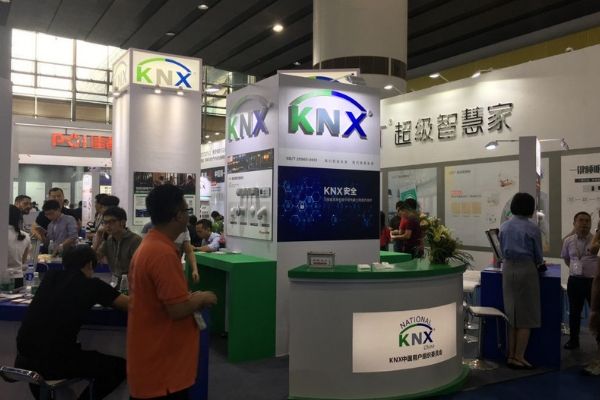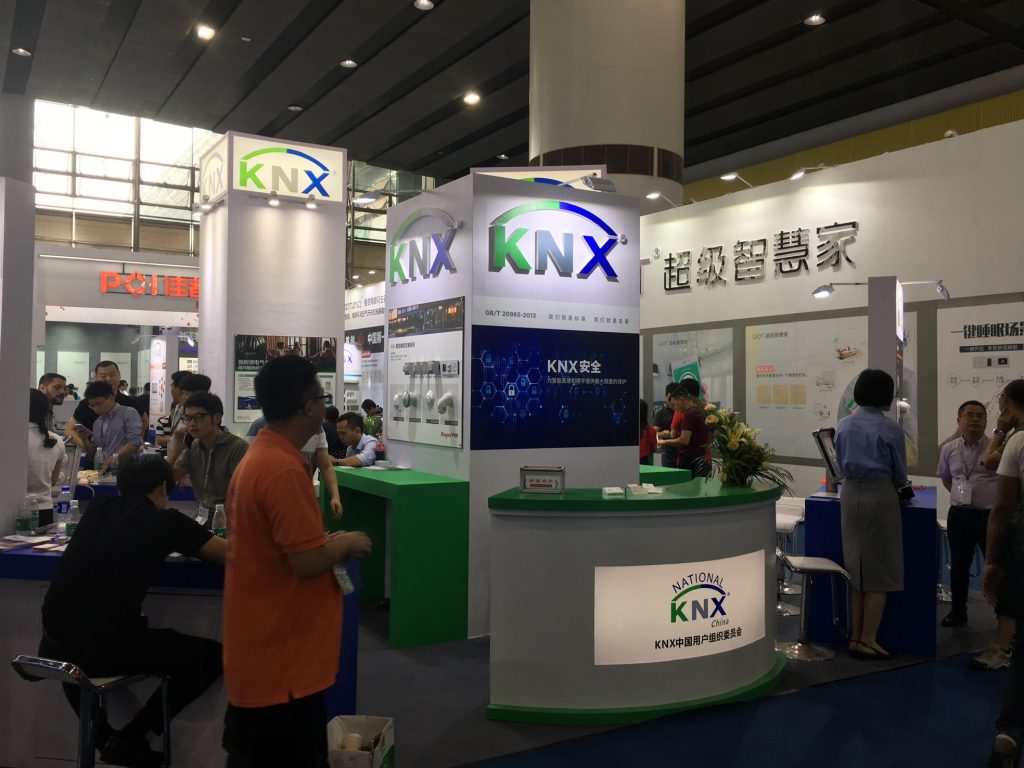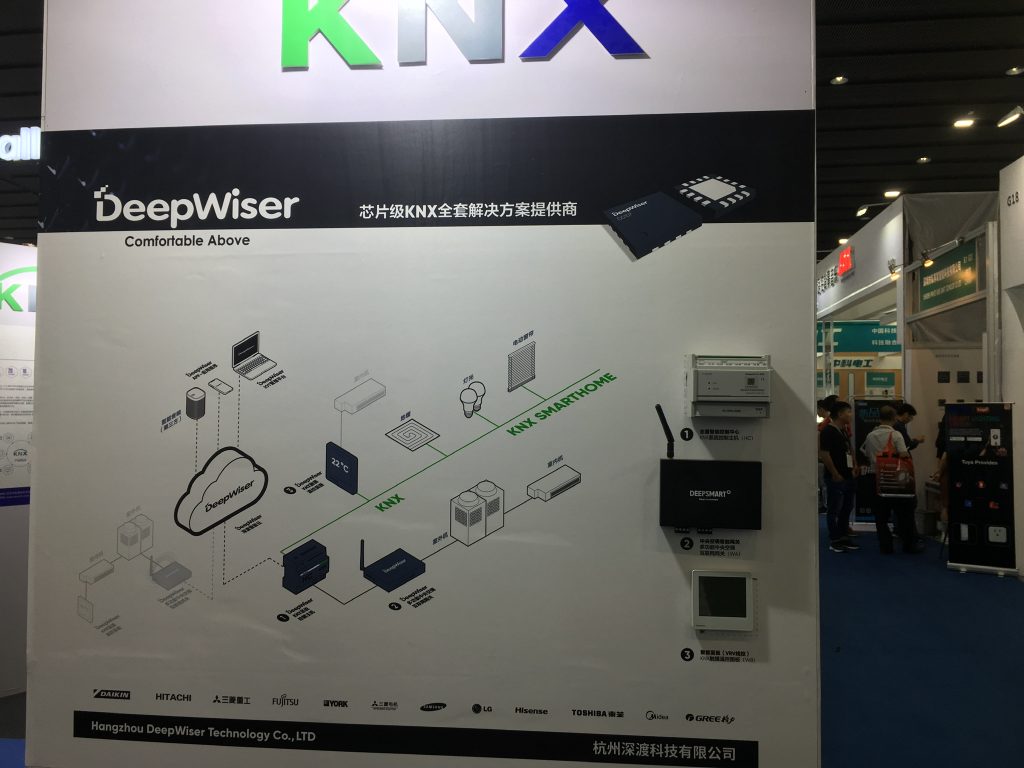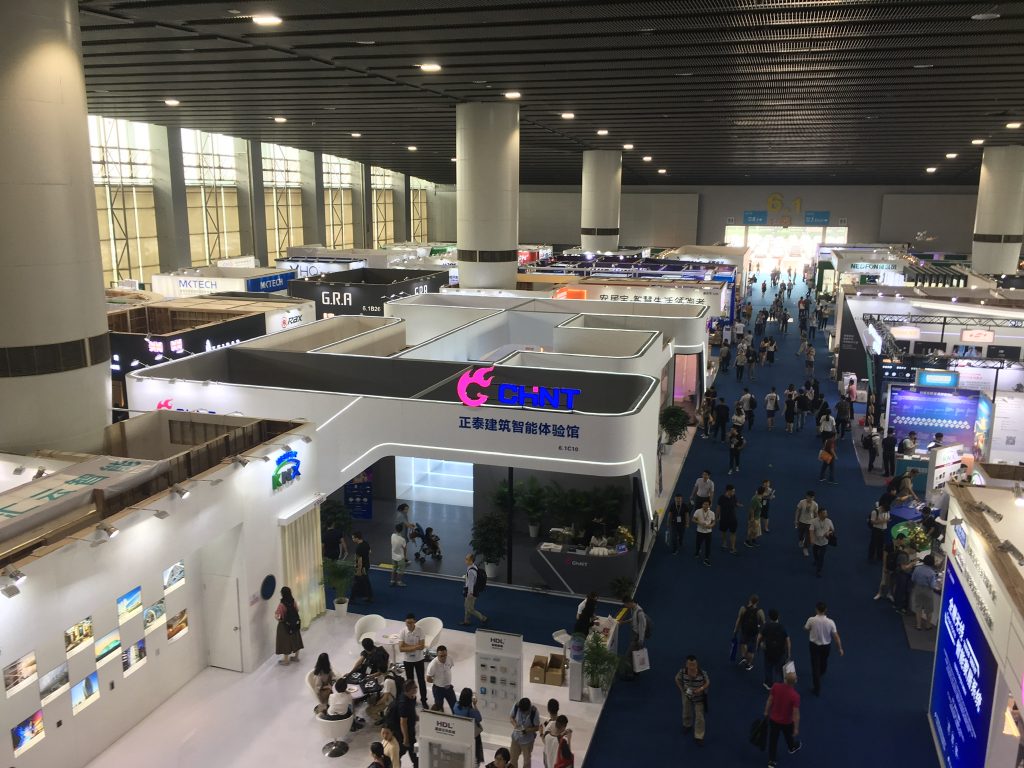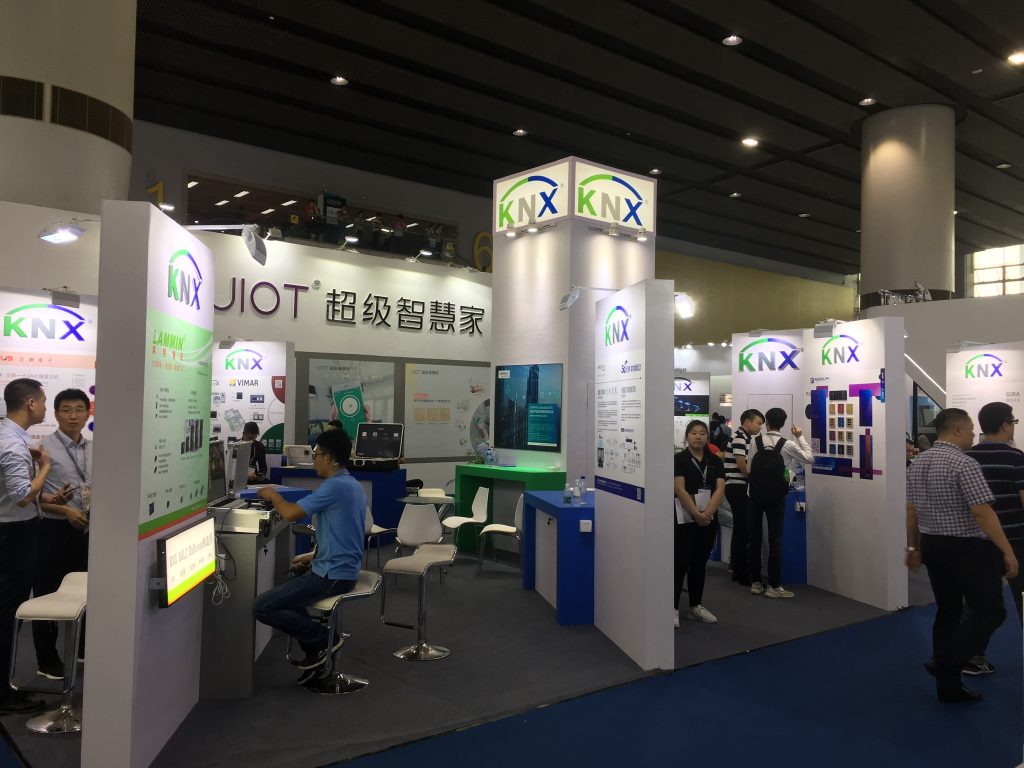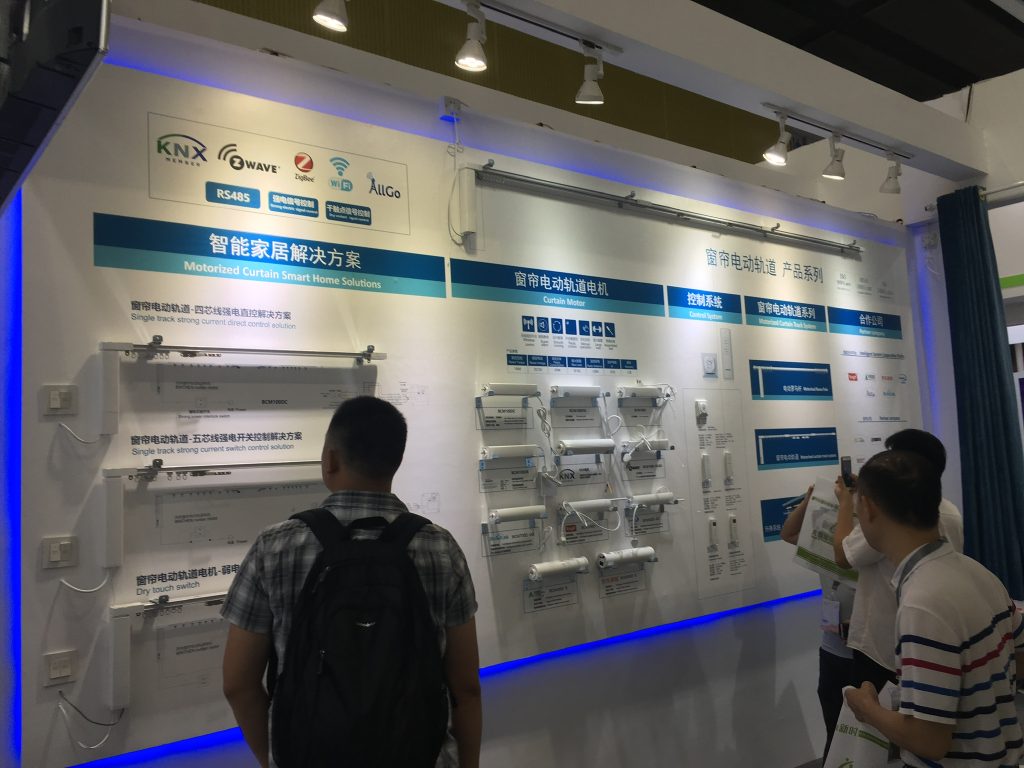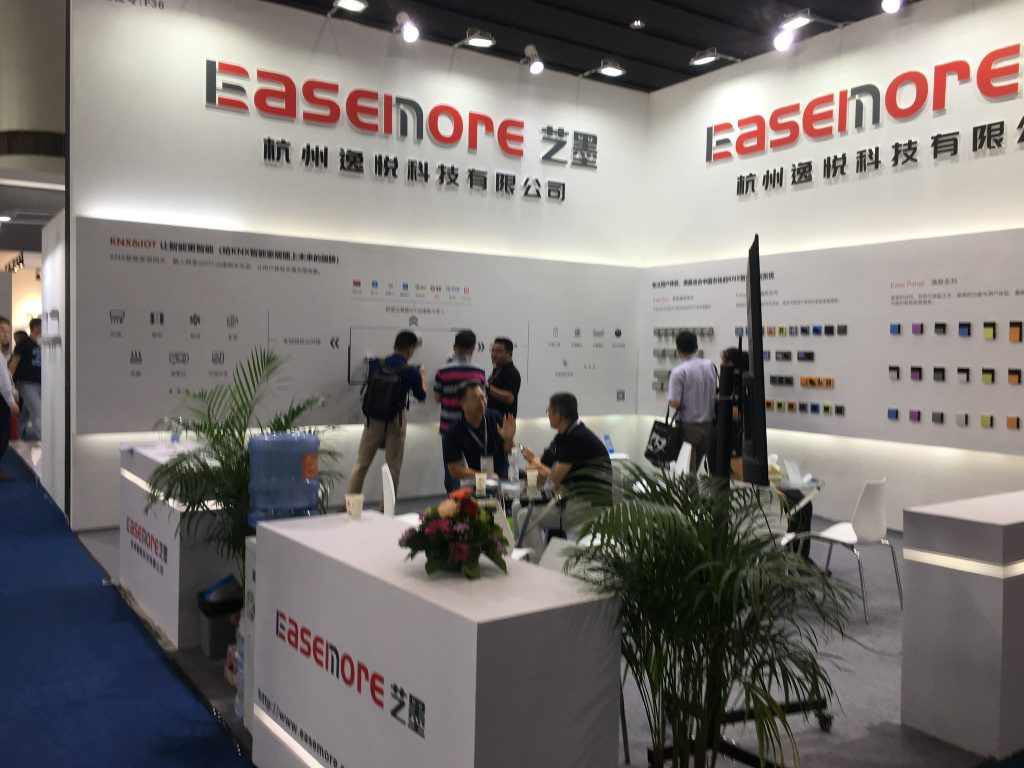Zoltán Balogh, Managing Director of Elektro-Kamleithner Ltd., was in China at the beginning of June at an exhibition on intelligent buildings (GIBT 2019 - Guangzhou Electrical Building Technology) - we asked him about it.
EK: Last week you were in China for a smart home exhibition. How do you imagine that, how did you get there?
BZ: I went there for a completely private, professional reason: I was simply curious to see what was going on in the world at large on this subject. It's the second Chinese exhibition I've visited, by the way. This exhibition was also organised by Frankfurt Messe (Germany's largest organiser of trade fairs, congresses and other events), so it means that the same team that organises the Light + Building exhibitions in Frankfurt was also the organiser here in China.
This exhibition was a good opportunity for me to see what the trends are on the other side of the world: it's true that there are a lot of exhibitors, but 95 percent of the exhibitors are local manufacturers and they show a lot of diversity. On the one hand, you can see that there are a lot of manufacturer-specific solutions, and on the other hand, of the big international standards, it is mainly KNX that was present there. So a good number of manufacturers are either KNX manufacturers or they produce products that can work with KNX. For a European it is perhaps a bit surprising that China is using a standard that originated in Europe, but it is also very reassuring.
By the way, for the size of China, the exhibition area itself was not very large. Again, I have to say that the biggest exhibition in the world in this sector is Light + Building in Frankfurt every two years. There is no comparison with this Chinese exhibition, even if the organising team is the same. A stand there is almost bigger than a whole theme area here. When I was at a similar exhibition in Shanghai a good two years ago, which was also about intelligent buildings, you could see much the same things. It was mainly local manufacturers, one or two international manufacturers, manufacturers either offering their own specific solutions, but typically KNX dominated there as well.
EK: Who is an exhibition like this primarily aimed at? The profession or the market in which they are present?
BZ: The exhibition is primarily aimed at the profession. You could see that in the nature of the exhibition, not mainly the design or the function but really the devices themselves, with specifications. The participants were also from the profession. In addition, this exhibition was specifically dedicated to this theme - intelligent buildings - so there was no other exhibition, as for example at Construma, where, for example, interior designers or specifically kitchen appliance manufacturers are also present. The focus was mainly on smart homes and hotels, but to a lesser extent there were also industrial applications - and Light + Building in Frankfurt is different in this respect: all segments are equally strong there, whether it's a warehouse or a factory hall, with the same emphasis as a home or a hotel.
EK: Apart from the fact that this exhibition confirmed that KNX is still the world's leading building automation system, what new feature did you notice that surprised you or that caught you by surprise?
BZ: To be honest, there wasn't much new under the sun. Perhaps what's even more apparent is how much it varies from country to country in terms of what's important from a smart building. At a residential level in Germany, building automation is mainly used for energy saving. In contrast, in England or the US, the smart home is typically about luxury, comfort and entertainment, just think of home cinema. In Switzerland, it is a mixed picture: both aspects are present and smart homes are used for energy efficiency, environmental awareness and entertainment at the same time. And in China, voice recognition is very important - something that has not yet gained so much ground in Europe, by the way, because many people are not keen on having a 24-hour online microphone in their house. It is not a problem for them. And of course they love gadgets like touchscreen displays behind the mirror.
EK:How do you see these companies possibly entering Europe or even the Hungarian market in the future?
BZ: I don't think they really want to come here. Most companies are working and creating solutions for the huge internal market. Just to look at the design: at one of the booths I was asked if I liked the design of a device, because for us it's a traditional Chinese design and it's very valuable. Here in Europe, I'm not sure it would work...

